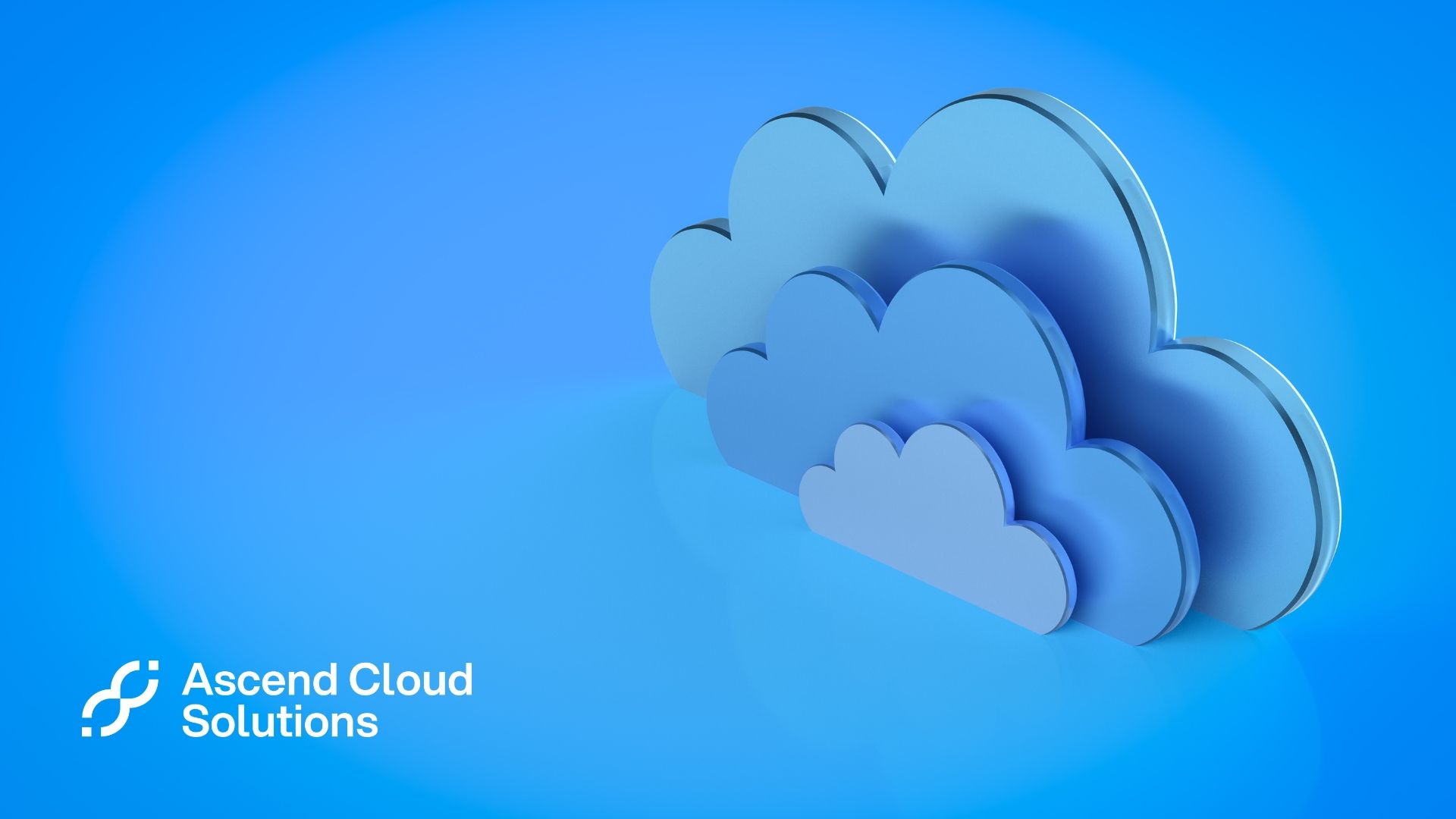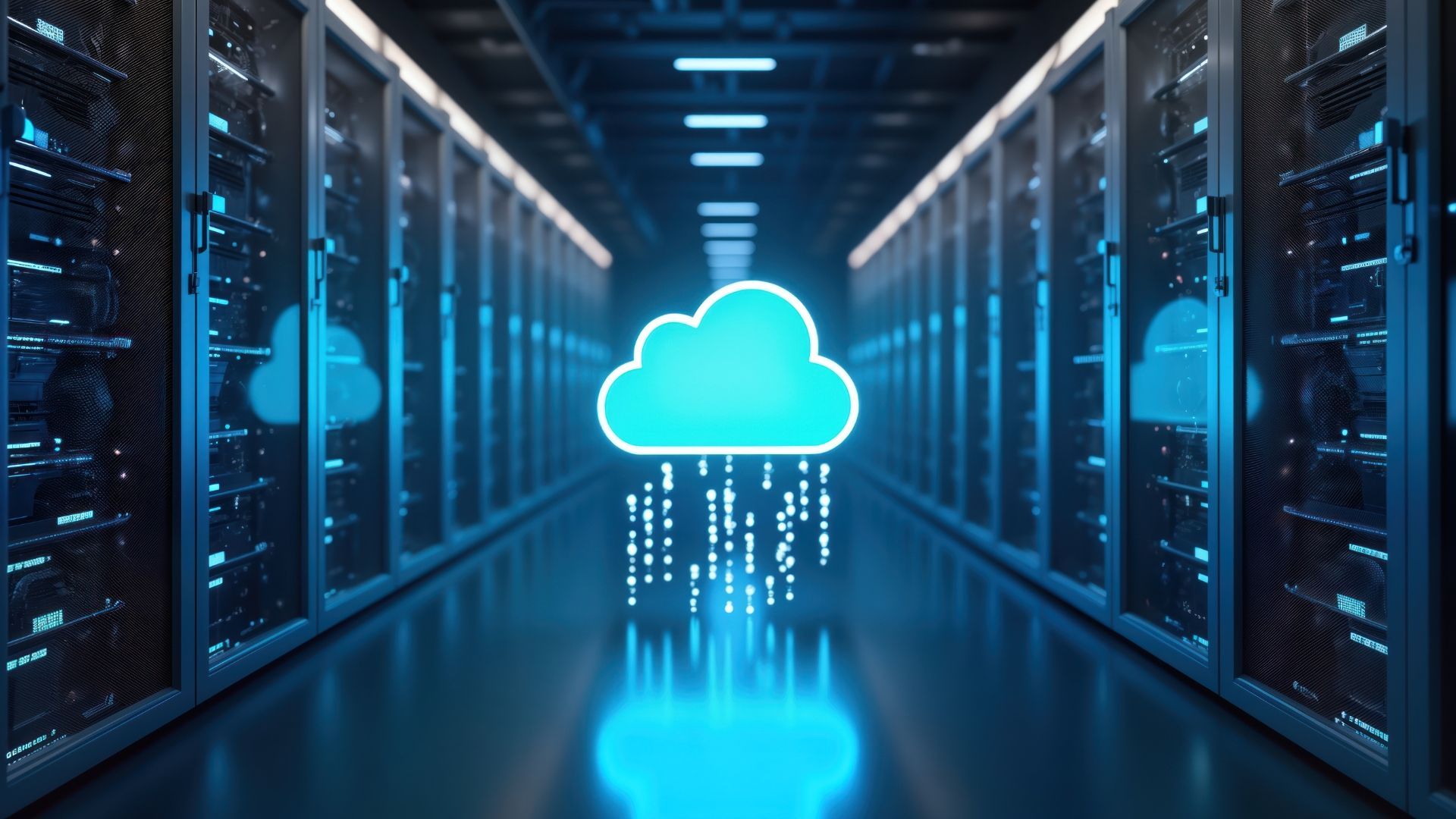Open-source cloud computing: what is OpenStack?
What is OpenStack and how it can help your business? Find out in our accessible guide to this IaaS solution.
Do you need a robust, scalable infrastructure on which to create cloud services? Do you have large compute and service requirements? Then OpenStack could be the answer to your problems.
OpenStack is an open-source framework that enterprises can use to deliver cloud-based infrastructure-as-a-service (IaaS). It lets you build virtual data centres on demand and massively reduces the time needed between conception and realisation.
In this article, we take a closer look at how OpenStack can help your business grow.
A beginner's guide to OpenStack
At its most basic, OpenStack is a set of software modules known as "projects". Together, these projects create and manage cloud infrastructures, providing applications with API access to cloud services.
OpenStack pools, provisions and manages crucial functions such as compute, storage and network resources. It doesn't, however, provide other cloud management functions such as monitoring, troubleshooting or governance.
It's one of many open-source technologies that IT teams can use to create and manage cloud workloads. Companies of all shapes and sizes have embraced it as an alternative to the big players.
But while there are plenty of options available free of charge, we think OpenStack is a cut above. Here's why.
What are the benefits of OpenStack?
For our money, there are three main benefits of OpenStack as an IaaS solution.
First, it's free. If you're looking to unlock cost savings, it's a simple step to take.
But this isn't a solution that will only delight your finance department. Its second main benefit is that it also provides IT with a reliable, road-tested service that's been developed over a decade.
The third and final benefit is that it's vendor-neutral. If you want to avoid vendor lock-in, OpenStack could be the way to go.
When would you use OpenStack?
If you need to run multiple OSs and applications, virtualisation is the way forward. This enables you to abstract both your computing resources and your physical hardware. You essentially get to look under the bonnet of your data centre from any device in any location.

OpenStack is the cherry on the cake. By installing it on top of a virtualised environment, you're creating a cloud OS with a broader pool of resources.
You choose from a range of software components – or "projects" – and join them together to virtualise the essential features of your cloud. This could include compute, VM images, networking, storage, identity management and resource management.
These projects can be added to or subtracted from with ease. This Lego-like scalability is one of OpenStack's biggest selling points.
And it's free. Using OpenStack, you can dodge vendor lock-in and subscription fees. Leveraging your own expertise – or that of a cloud consultant or managed service provider – you get enterprise cloud infrastructure free of charge.
One thing to consider is that OpenStack is best suited for cloud-native applications – those applications which are built for the cloud and not simply migrated into it.
Now, let's take a closer look at the benefits that OpenStack can provide to your business.
What are the drawbacks?
There's one main drawback to OpenStack which may outweigh the advantages for some companies. This is that your IT team needs to know the platform inside-out to make the most of it – and its open-source nature means that the platform is constantly changing.
However, this needn't stop you from adopting OpenStack. Getting a cloud consultant or MSP on board means leveraging open-source expertise without having to train internal staff.
How is OpenStack like a bazaar?
In 1999, American software developer Eric S. Raymond published a book called
The Cathedral and the Bazaar: Musings on Linux and Open Source by an Accidental Revolutionary
.
In this book, Raymond compares two models of free software development.
The cathedral model, he argues, is where the source code is available to the public when the software is released. Between versions, however, the software is ring-fenced and open only to a coterie of developers.

The bazaar model, by contrast, is where the code is developed online and is freely available to all. In this model, an ecosystem of coders work together to shape the source code. Farewell to the hallowed hush of the cathedral – we're now in a vibrant, dynamic marketplace of expertise.
OpenStack is the bazaar of cloud computing. It embodies Raymond's proposition that "given enough eyeballs, all bugs are shallow" – in other words, that the more widely available the source code is, the quicker bugs will be detected and eliminated.
It's this Wiki-style, open-source spirit that makes OpenStack so reliable. Any bugs can be eradicated swiftly, so you don't have to wait for the next version of the software to be issued from the cathedral of code. And at €0.00, who can argue with that?
What is VMware Integrated OpenStack?
VMware is a market leader in virtualisation software. VMware Integrated OpenStack lets you seamlessly use VMware's software-defined data centre (SDDC) with OpenStack.
This means that you get to continue working with familiar VMware tools like vSphere, NSX, vSAN and vCenter.
For many businesses, it's the best of both worlds – a production-grade OpenStack cloud atop a rock-solid, feature-rich platform.
However, VMware may not be for everyone. Since Broadcom acquired the company, prices for its Virtual Cloud Service Provider (VCSP) programme have spiked sharply. While some enterprises are in a position to stick with VMware, many SMEs no longer see it as a viable solution.
This isn't the end of the world – far from it. OpenStack works with many other cloud infrastructure providers. If you're parting ways with VMware you could, for instance, investigate Oracle OpenStack.
Conclusion
OpenStack is a scalable, affordable way of building robust infrastructures for your cloud services. Whether you manage it in-house or get a cloud consultant to help, it can help you streamline your cloud infrastructure and help your business grow.
Are you looking for a
cloud consultant
to help manage your cloud infrastructure?
Get in touch
today for a no-obligation consultation.












